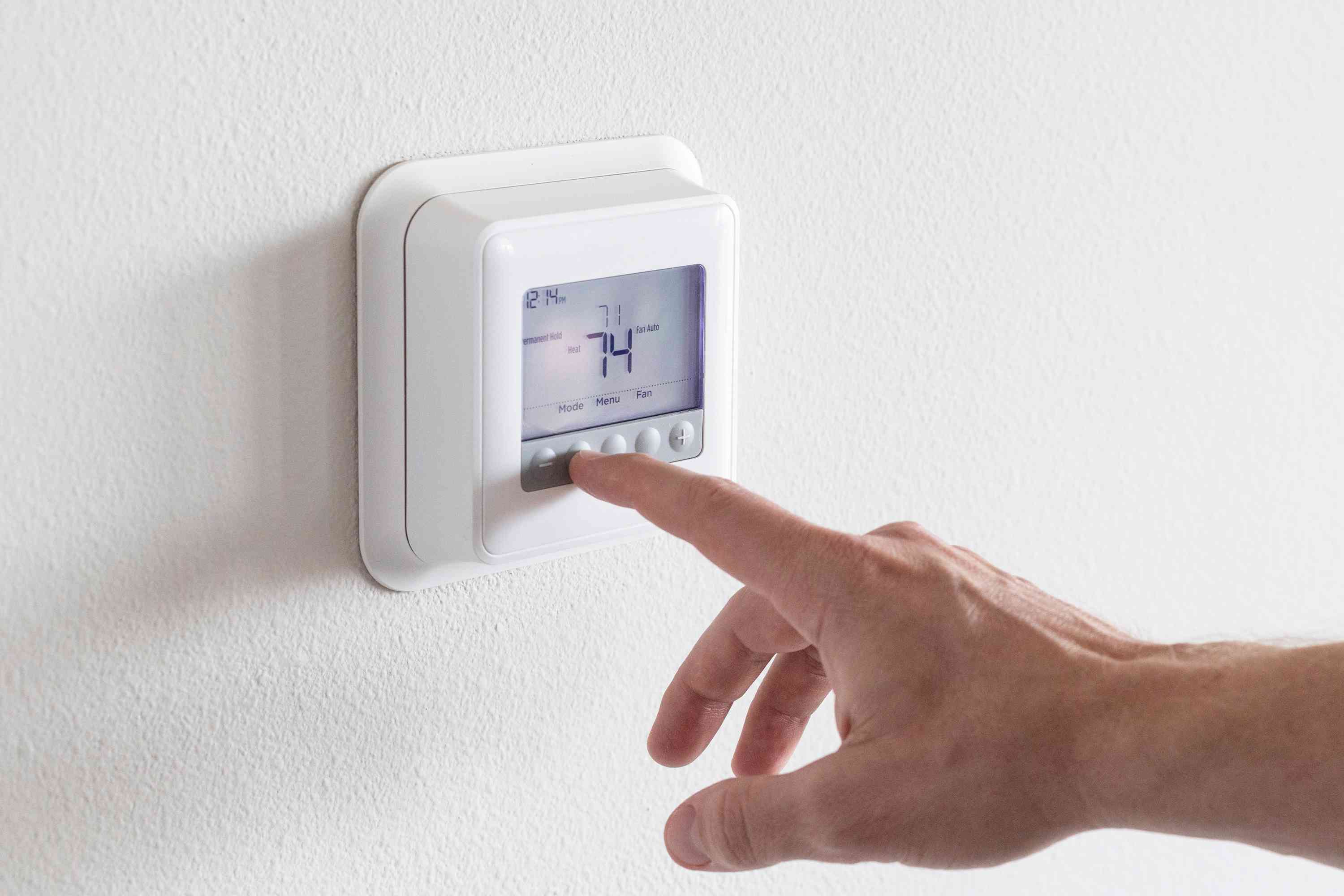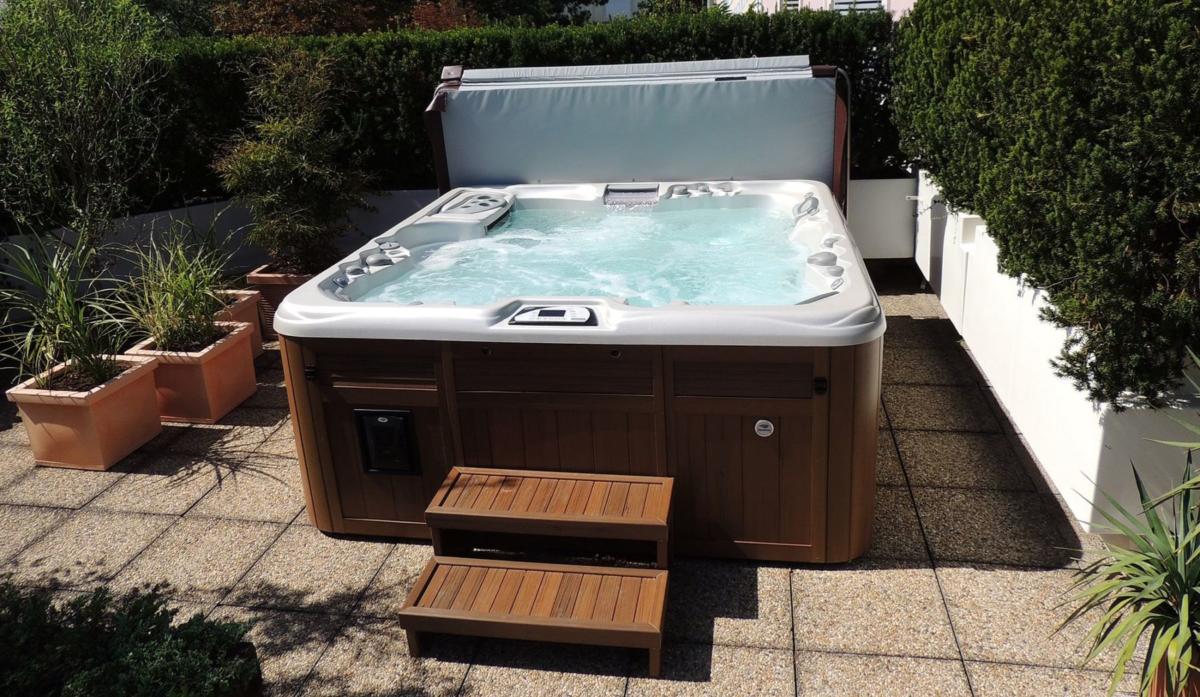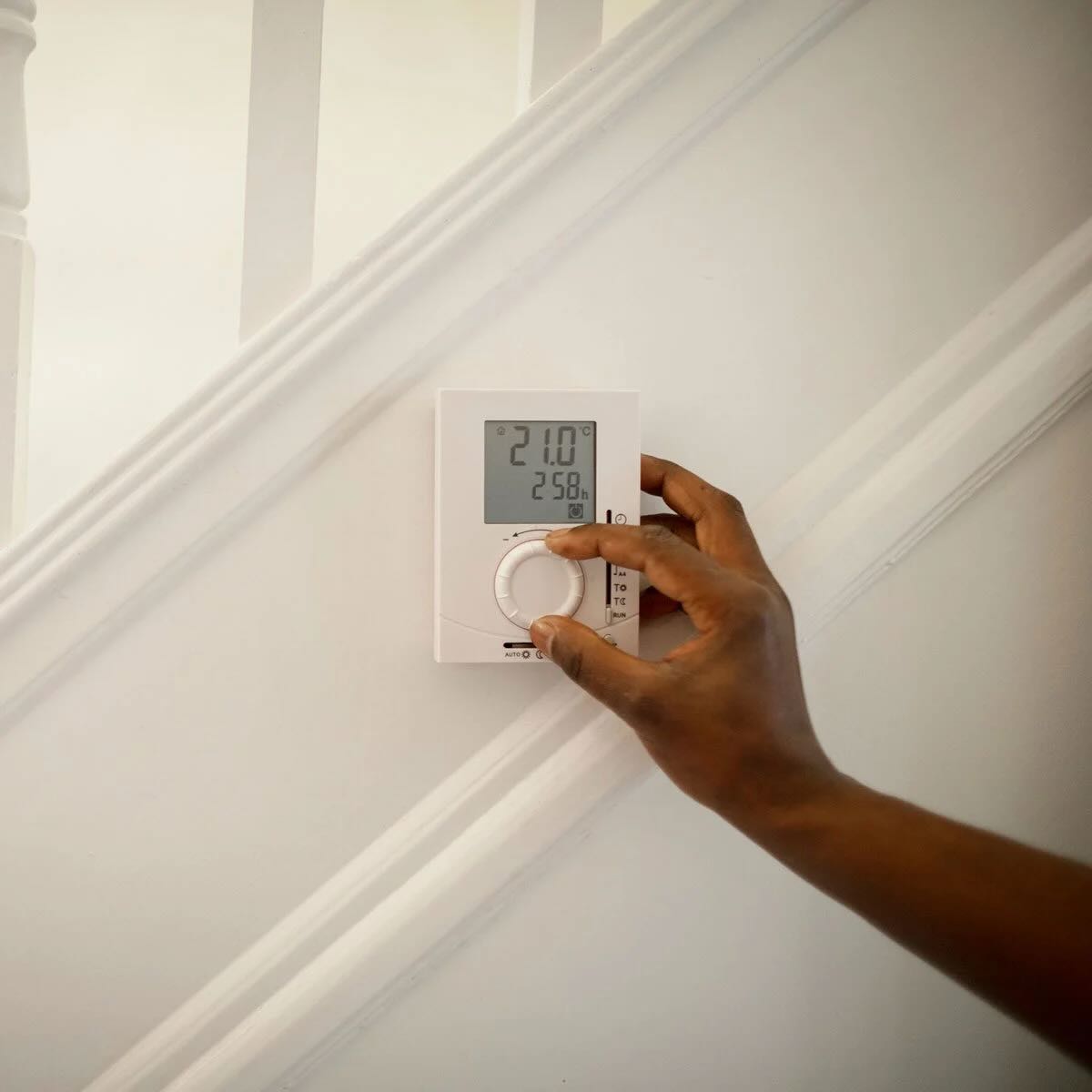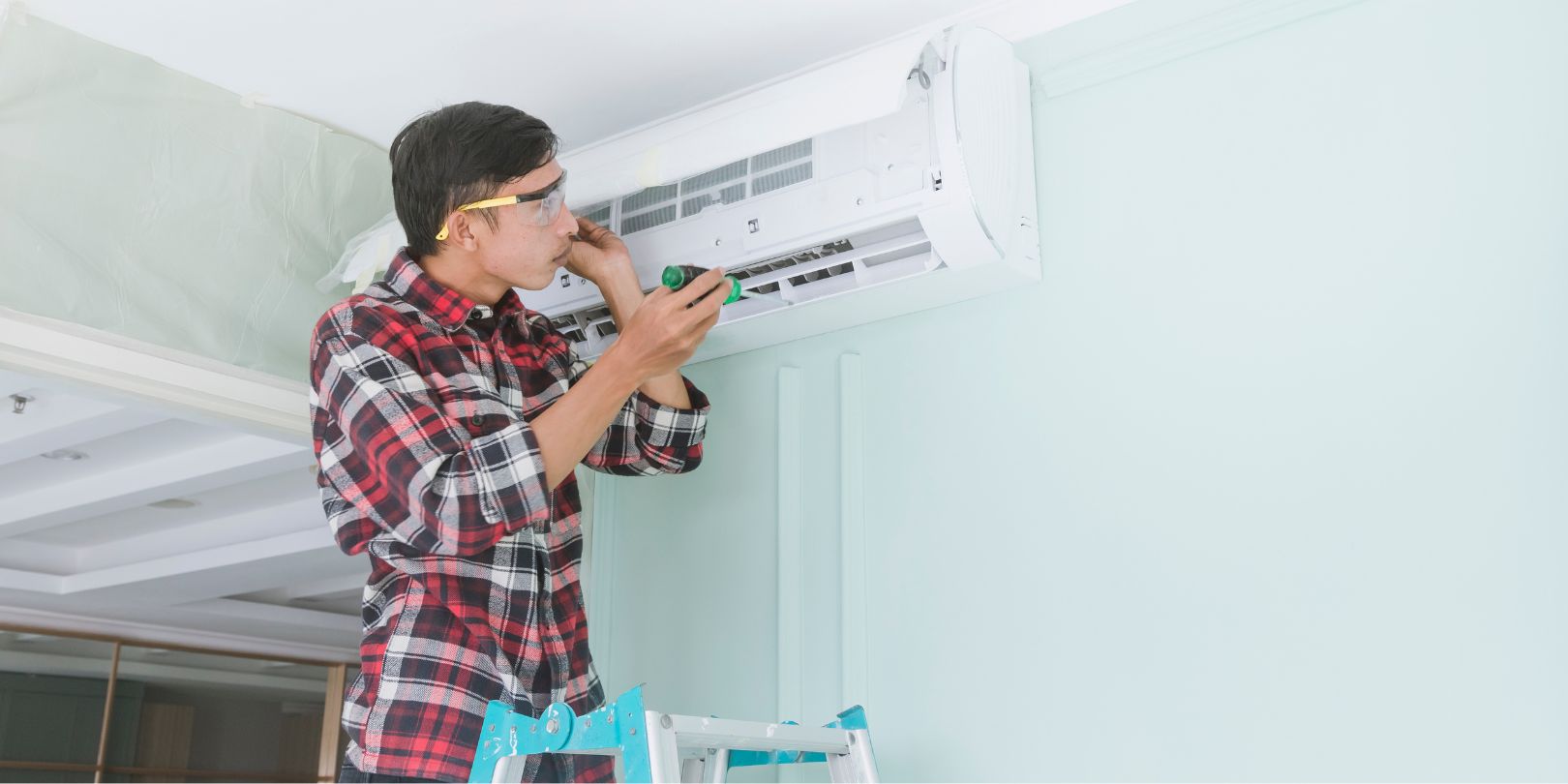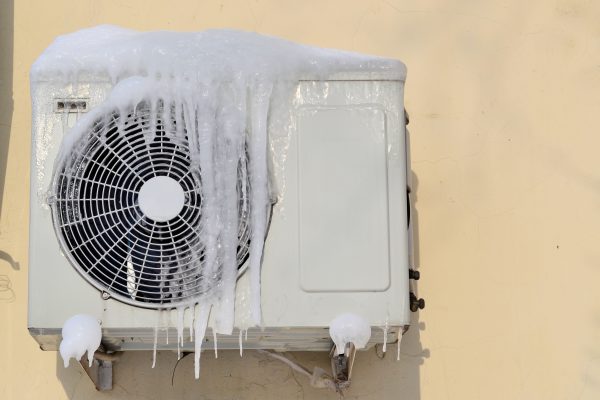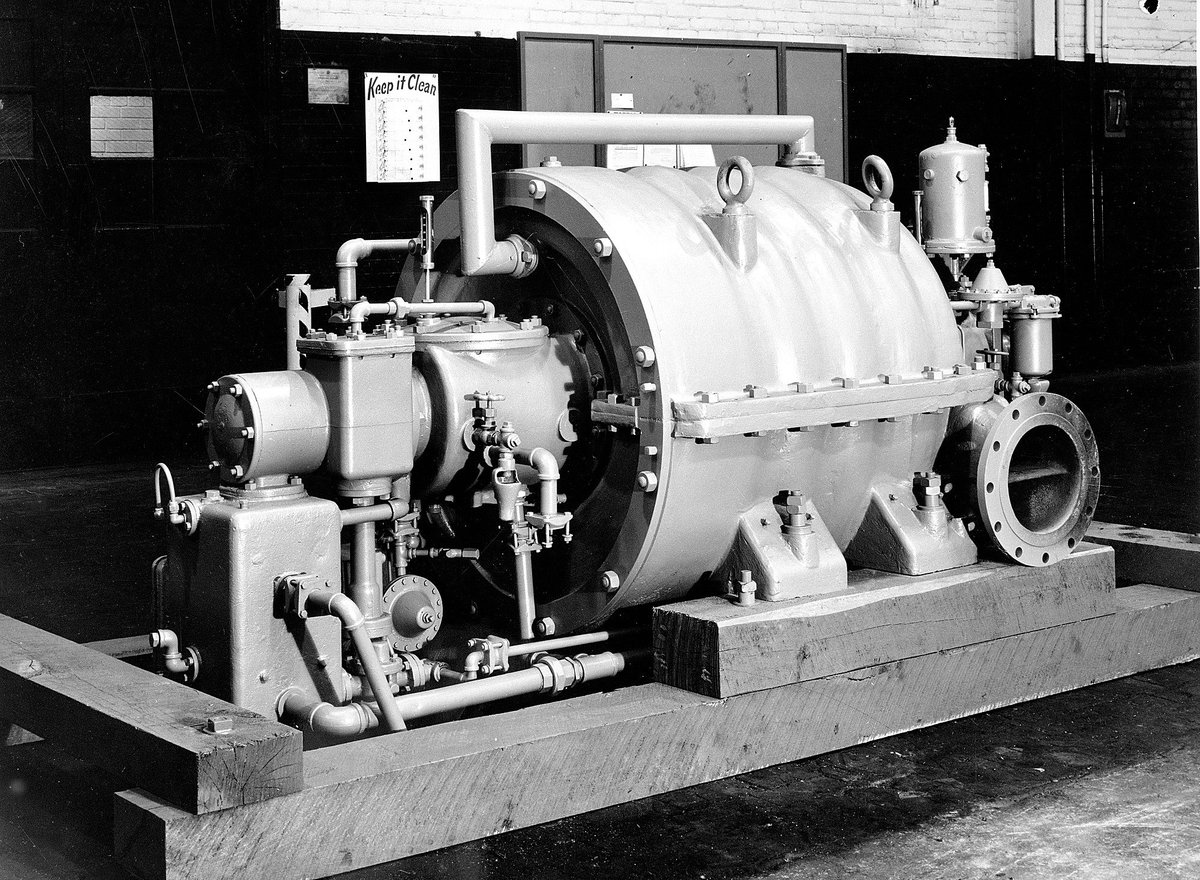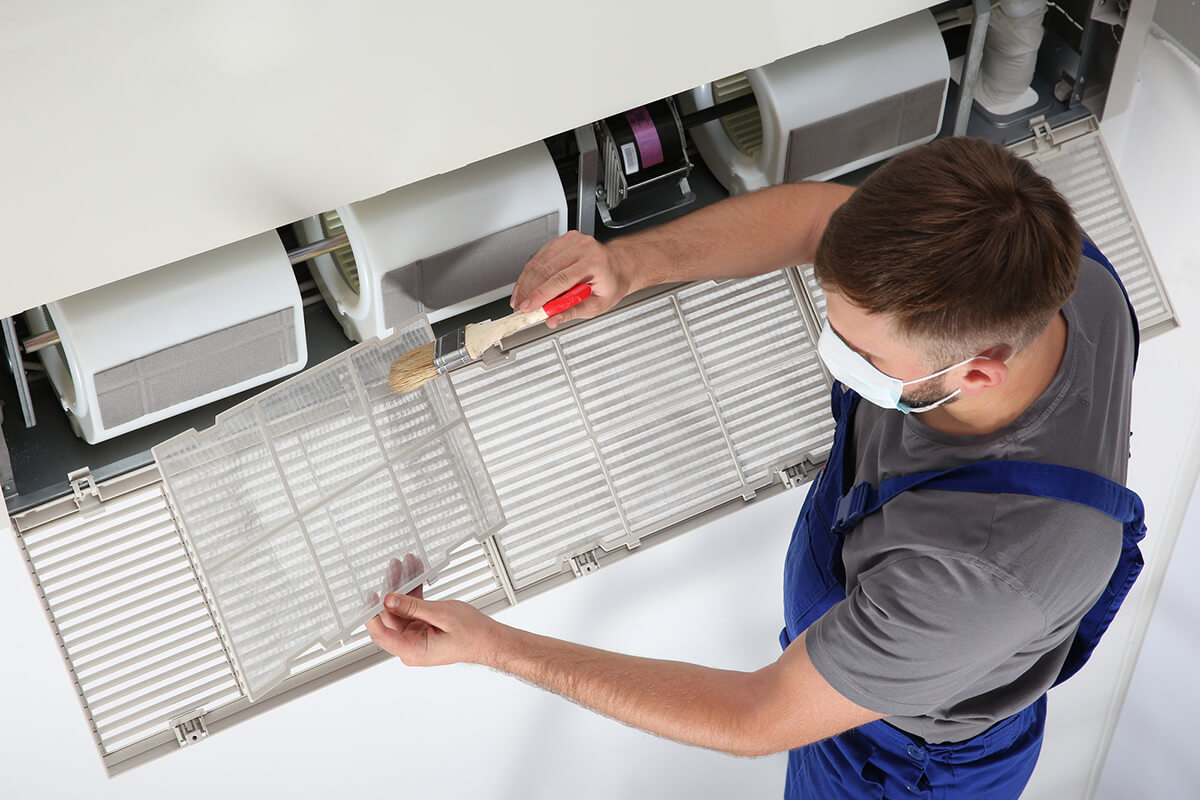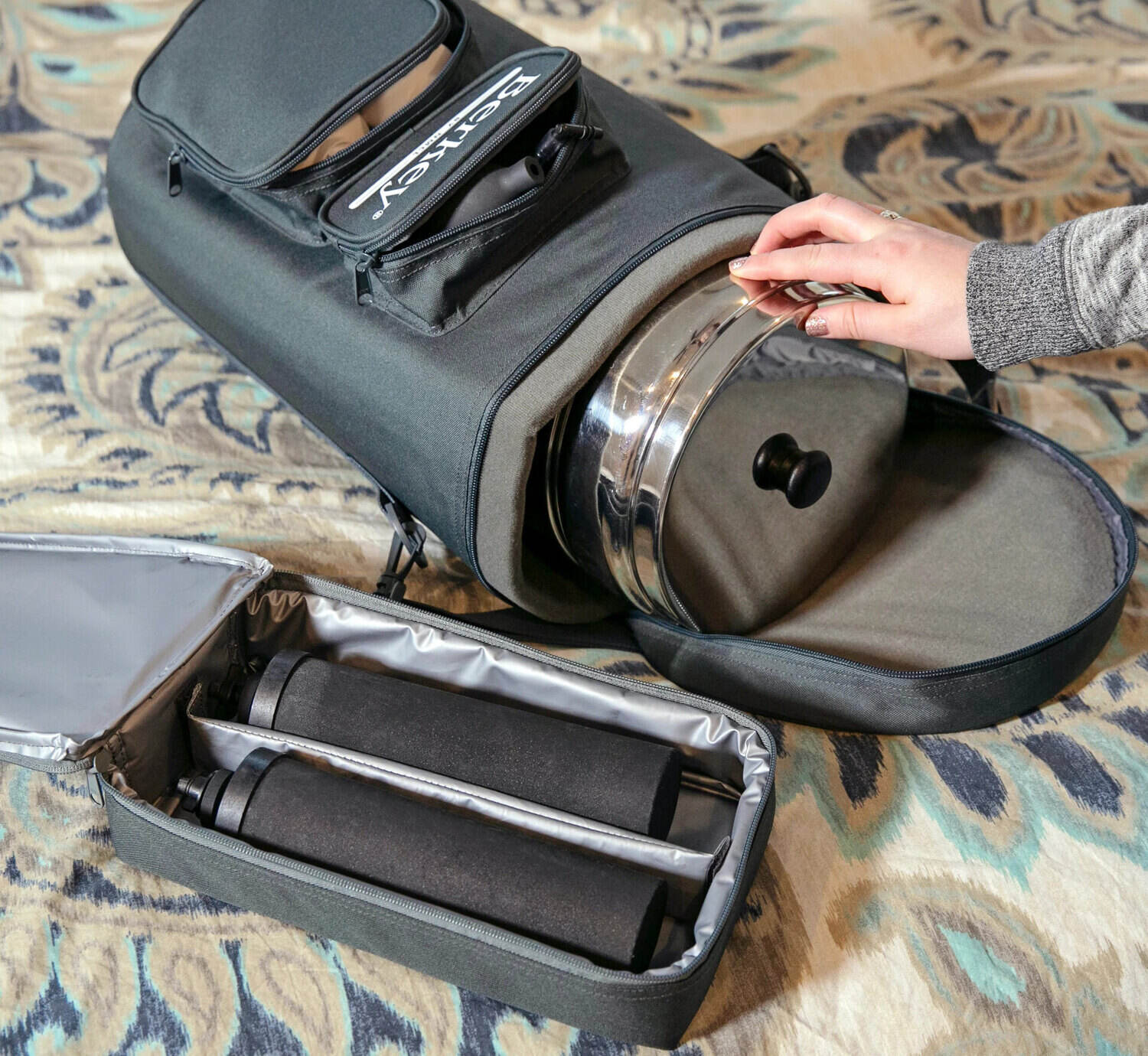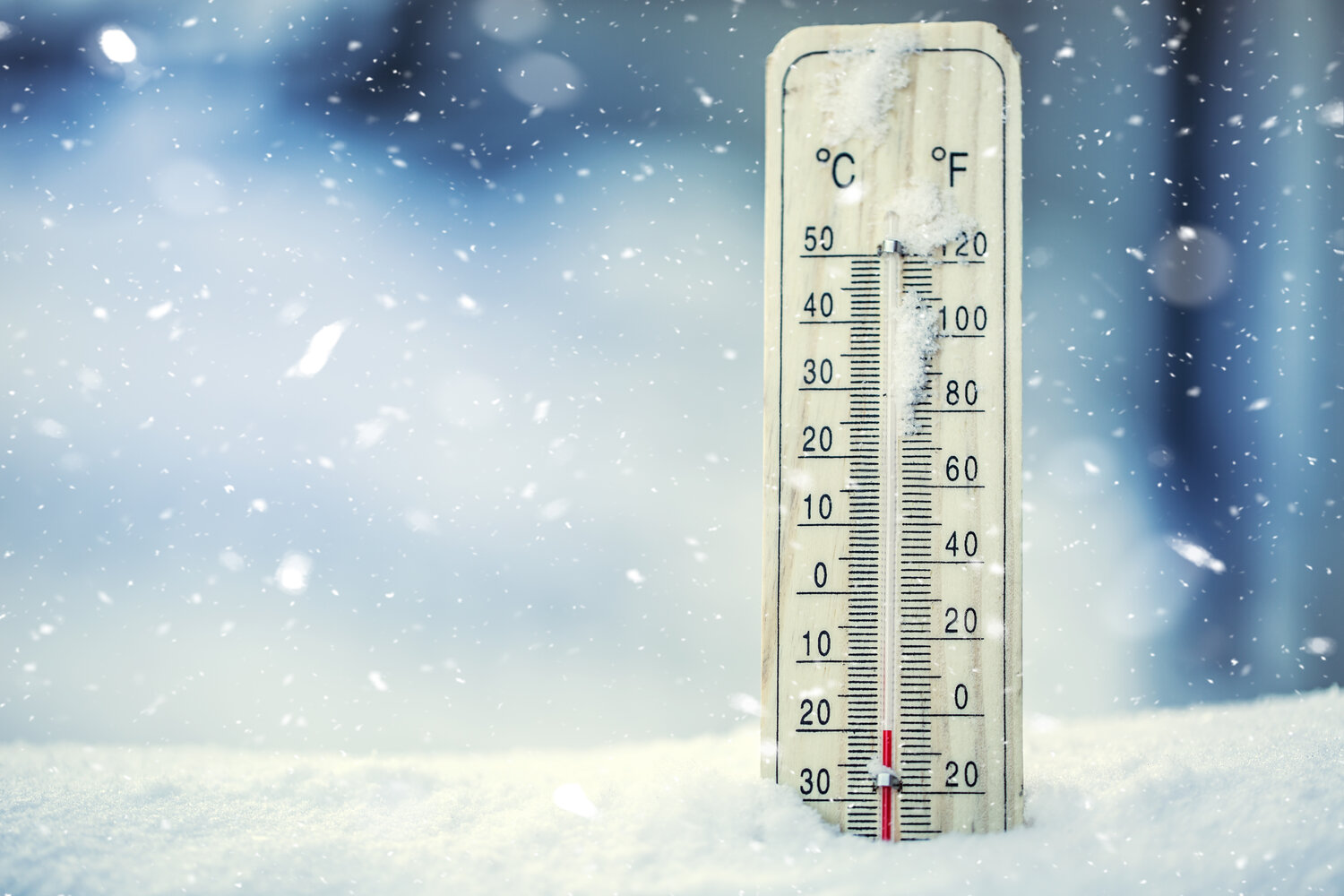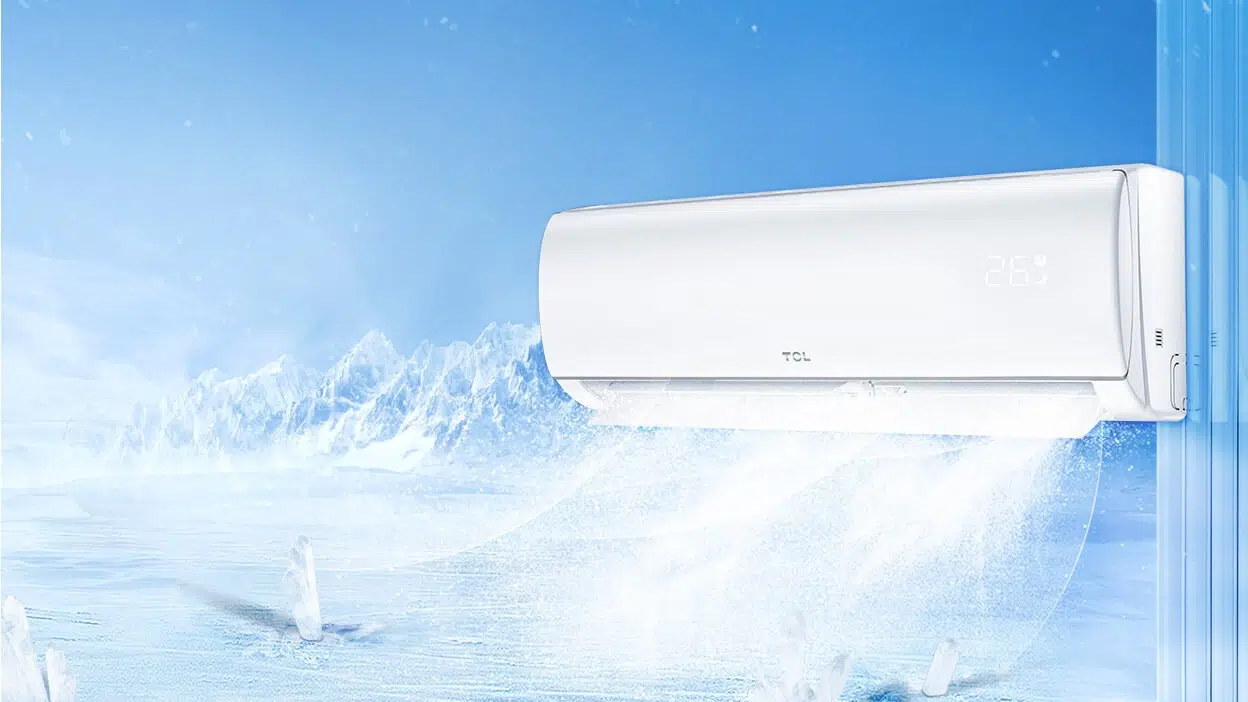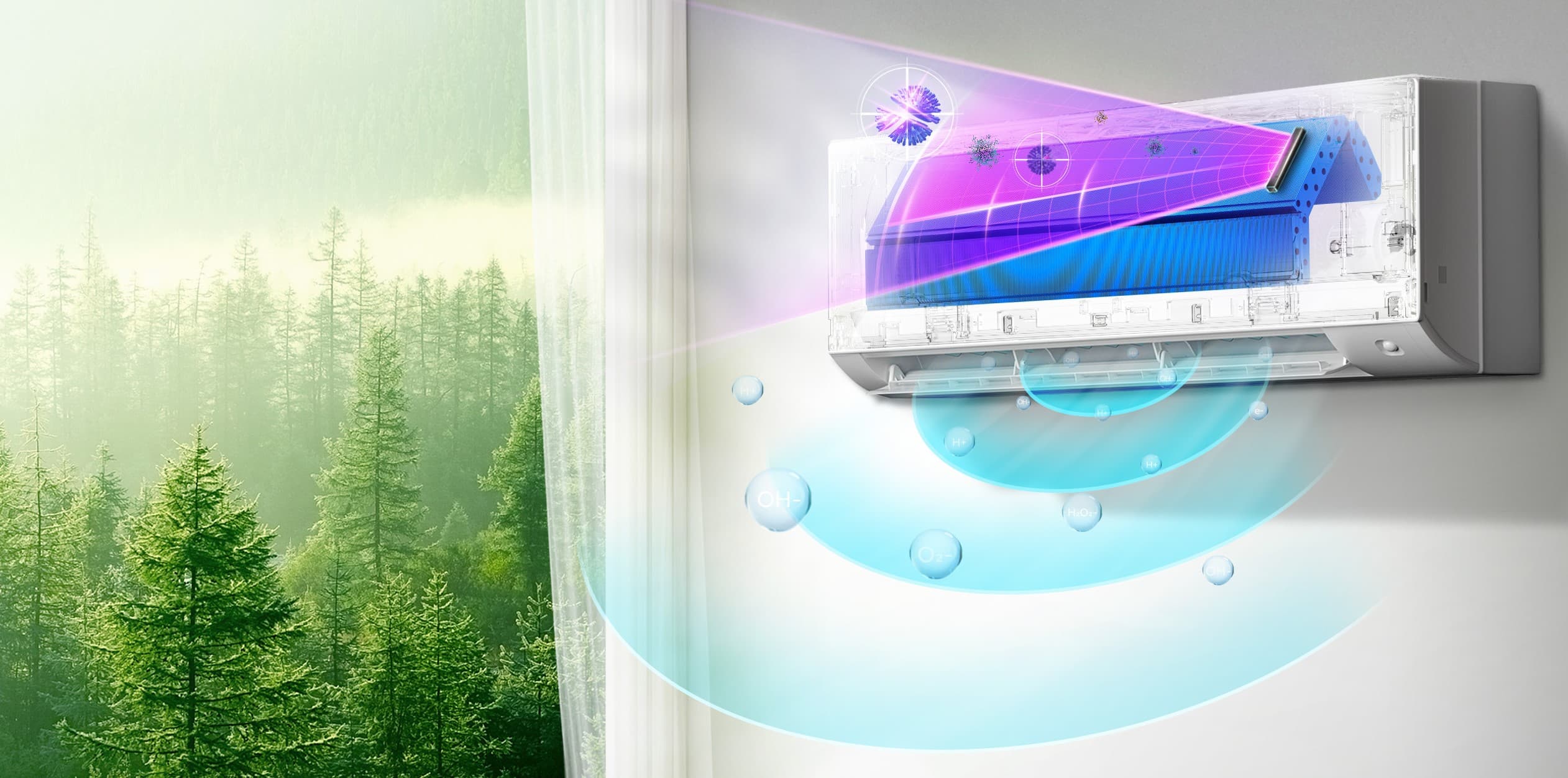Home>Home Maintenance>What Temperature To Set Your Air Conditioner When On Vacation
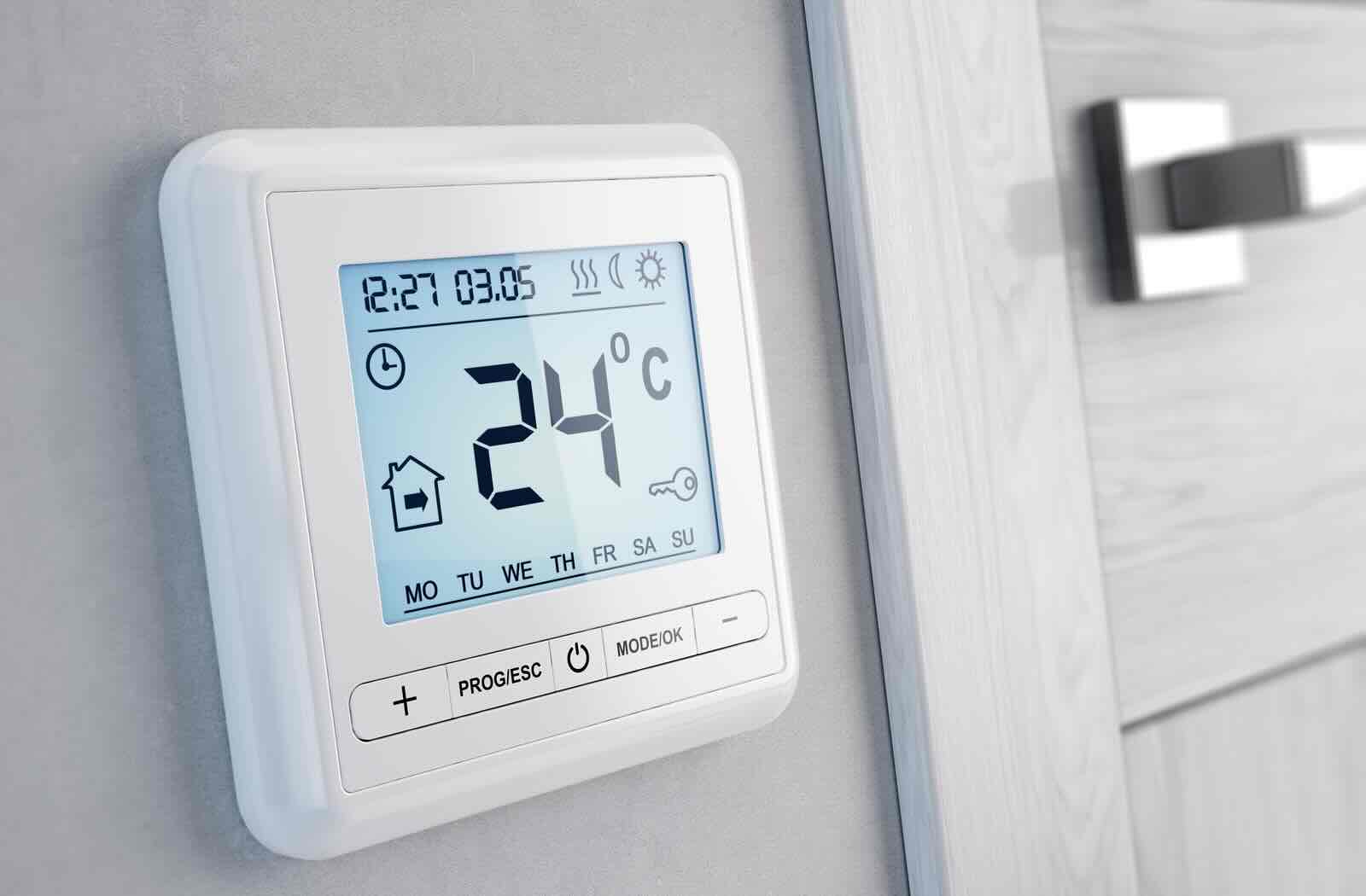

Home Maintenance
What Temperature To Set Your Air Conditioner When On Vacation
Modified: March 7, 2024
Keep your home cool and energy-efficient while you're away. Find the ideal temperature to set your air conditioner and save on your energy bills with our home maintenance tips.
(Many of the links in this article redirect to a specific reviewed product. Your purchase of these products through affiliate links helps to generate commission for Storables.com, at no extra cost. Learn more)
Introduction
When it comes to maintaining a comfortable home, the air conditioner plays a crucial role, especially during hot summer days. However, constantly running the air conditioner while no one is home can lead to unnecessary energy consumption and increased utility bills. That’s why it’s important to determine the optimal temperature to set the air conditioner when you’re away.
Setting the right temperature not only helps conserve energy but also ensures that your home remains cool and comfortable when you return. In this article, we will explore the factors to consider when setting the temperature, recommended temperature settings when the house is empty, and provide some tips for energy efficiency during periods when the air conditioner is not in use.
By implementing these recommendations, you can optimize the performance of your air conditioner, reduce energy expenses, and contribute to a more sustainable environment.
Key Takeaways:
- Set your air conditioner to 78-80°F (25-27°C) in summer and 60-65°F (15-18°C) in winter when away to save energy without sacrificing comfort. Use smart features and vacation mode for extra efficiency.
- Keep curtains closed, use natural ventilation, and maintain your AC to save energy when you’re away. Smart home tech and zoning can also help reduce utility bills and environmental impact.
Factors to consider when setting the temperature
When determining the ideal temperature to set your air conditioner when you’re away, it’s important to take various factors into consideration. These factors include:
- Climate: The climate and weather conditions in your area play a significant role in setting the temperature. If you live in a hot and humid region, you may need to set a lower temperature to prevent heat and humidity buildup in your home. On the other hand, if you reside in a cooler climate, you may be able to set a slightly higher temperature.
- Insulation: The level of insulation in your home can impact the temperature you should set on your air conditioner. Proper insulation helps prevent heat transfer, keeping your home cooler for longer periods. If your home is well-insulated, you may be able to set a slightly higher temperature.
- Thermostat capabilities: The capabilities and features of your thermostat also influence the temperature setting options. Some thermostats offer programmable features, allowing you to automatically adjust the temperature based on your schedule. Others may have smart features that enable remote control and monitoring, allowing you to make changes even when you’re away.
- Pets: If you have pets at home, you need to consider their comfort as well. Some pets are more sensitive to heat and may require a lower temperature setting to ensure their well-being. Consulting with a veterinarian can help you determine the best temperature range to keep your furry friends safe and comfortable.
- Home appliances: The presence of other appliances in your home can generate heat, impacting the overall temperature. Appliances such as refrigerators, ovens, and lighting fixtures can generate heat and cause your air conditioner to work harder. Consider the placement and usage of these appliances when setting the temperature.
By taking these factors into account, you can make a well-informed decision when setting the temperature on your air conditioner. Finding the right balance will ensure energy efficiency, comfort, and cost savings.
Recommended temperature settings when the house is empty
When you’re away from home for an extended period, it’s important to adjust your air conditioner’s temperature settings to maximize energy efficiency without compromising the comfort of your living space. Here are some recommended temperature settings when your house is empty:
- Summer months: During the summer, it is generally advised to set the thermostat at around 78 to 80 degrees Fahrenheit (25 to 27 degrees Celsius) when you’re out. This temperature range is high enough to prevent your home from getting too hot and humid, while still providing some cooling. Additionally, consider using a programmable thermostat to automatically adjust the temperature before you return home, allowing your space to cool down before your arrival.
- Winter months: In colder months, setting the thermostat lower can help save energy and reduce heating costs. Aim for a temperature around 60 to 65 degrees Fahrenheit (15 to 18 degrees Celsius) when the house is unoccupied. This temperature range ensures that your home remains relatively warm enough to prevent freezing pipes or excessive cold, while still minimizing energy usage.
- Vacation mode: If you plan to be away for an extended vacation or business trip, consider utilizing the vacation mode feature on your thermostat. This setting allows you to set a specific temperature range for an extended period, ensuring energy efficiency while you’re away. It’s a great option to save energy and reduce utility bills when you won’t be home for a while.
- Smart thermostat features: If you have a smart thermostat, take advantage of its advanced features. Some smart thermostats can learn your schedule and adjust the temperature accordingly, ensuring a comfortable environment when you’re home and energy savings when you’re away.
Remember, these recommended temperature settings may vary depending on your specific circumstances such as climate, insulation, and personal comfort preferences. It’s important to find the right balance that suits your needs while promoting energy efficiency and cost savings.
Set the air conditioner to 85°F when away to save energy. This will prevent the house from getting too hot while still reducing energy usage.
Tips for energy efficiency when the air conditioner is not in use
Even when your air conditioner is not in use, there are still steps you can take to promote energy efficiency and reduce unnecessary energy consumption. Here are some tips to keep in mind:
- Close curtains and blinds: Keep your curtains and blinds closed during the day to block out sunlight and prevent heat buildup inside your home. This can help maintain a cooler temperature without relying on the air conditioner.
- Utilize natural ventilation: Take advantage of natural airflow by opening windows and doors during cooler parts of the day or at night. This allows fresh air to circulate and cool your home naturally.
- Use ceiling fans: Ceiling fans create a gentle breeze that can make a room feel cooler. By using ceiling fans in combination with open windows or doors, you can enhance natural ventilation and reduce reliance on air conditioning.
- Seal air leaks: Inspect your home for any air leaks around windows, doors, and ductwork. Properly sealing these gaps will improve energy efficiency and prevent conditioned air from escaping.
- Turn off unnecessary appliances: When you’re not at home, make sure to turn off lights, electronics, and other appliances that are not in use. These appliances generate heat and can contribute to a higher indoor temperature.
- Invest in smart home technology: Consider integrating your air conditioner and other appliances into a smart home system. This allows you to remotely control and monitor your energy usage, making it easier to optimize energy efficiency even when you’re away.
- Maintain your air conditioner: Regular maintenance of your air conditioner is crucial for optimal performance and energy efficiency. Clean or replace air filters as recommended, check for any leaks or issues, and have professional inspections and tune-ups performed regularly.
- Set up zoning: If your air conditioner supports zoning, use it to your advantage. This allows you to cool specific areas of your home while leaving others unoccupied. By cooling only the necessary zones, you can save on energy consumption.
Implementing these energy-efficient practices can help reduce your carbon footprint, save on utility bills, and contribute to a greener, more sustainable environment.
Conclusion
Setting the right temperature on your air conditioner when you’re away from home is essential for both energy efficiency and comfort. By considering factors such as climate, insulation, thermostat capabilities, and the presence of pets or appliances, you can determine the optimal temperature range.
During the summer months, it’s recommended to set the thermostat between 78 to 80 degrees Fahrenheit (25 to 27 degrees Celsius) when the house is empty. In the winter, aim for a temperature around 60 to 65 degrees Fahrenheit (15 to 18 degrees Celsius). Utilizing vacation mode or smart thermostat features can further enhance energy savings.
To promote energy efficiency when the air conditioner is not in use, remember to close curtains and blinds, utilize natural ventilation, use ceiling fans, seal air leaks, and turn off unnecessary appliances. Investing in smart home technology and regularly maintaining your air conditioner can also contribute to energy conservation.
By following these recommendations, you can optimize energy efficiency, reduce utility bills, and contribute to a more sustainable lifestyle. Remember to find the right balance that suits your specific circumstances and comfort preferences. Taking these steps not only benefits you financially, but also reduces your impact on the environment.
So, next time you leave your home for an extended period, make sure to set the temperature accordingly, implement energy-efficient practices, and enjoy the benefits of both comfort and cost savings.
Frequently Asked Questions about What Temperature To Set Your Air Conditioner When On Vacation
Was this page helpful?
At Storables.com, we guarantee accurate and reliable information. Our content, validated by Expert Board Contributors, is crafted following stringent Editorial Policies. We're committed to providing you with well-researched, expert-backed insights for all your informational needs.
